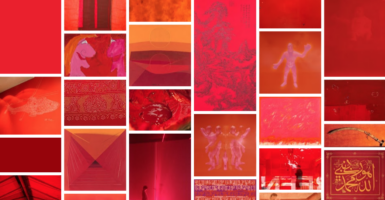Fascinating Vintage Pics of Postwar Paris
Paris endured a lot during World War II. Following the German occupation during the war years, the city dealt with food shortages and a politically tense environment that persisted well into the 1950s.
Still, Paris was able to rebound relatively quickly, as it had been spared large-scale destruction during the war, unlike many other European capitals. It emerged from the chaos of the war on slightly unsteady footing, but Parisians were eager to see their city reclaim its rightful place as one of the world’s preeminent international cities.
The Late ’40s Were Challenging
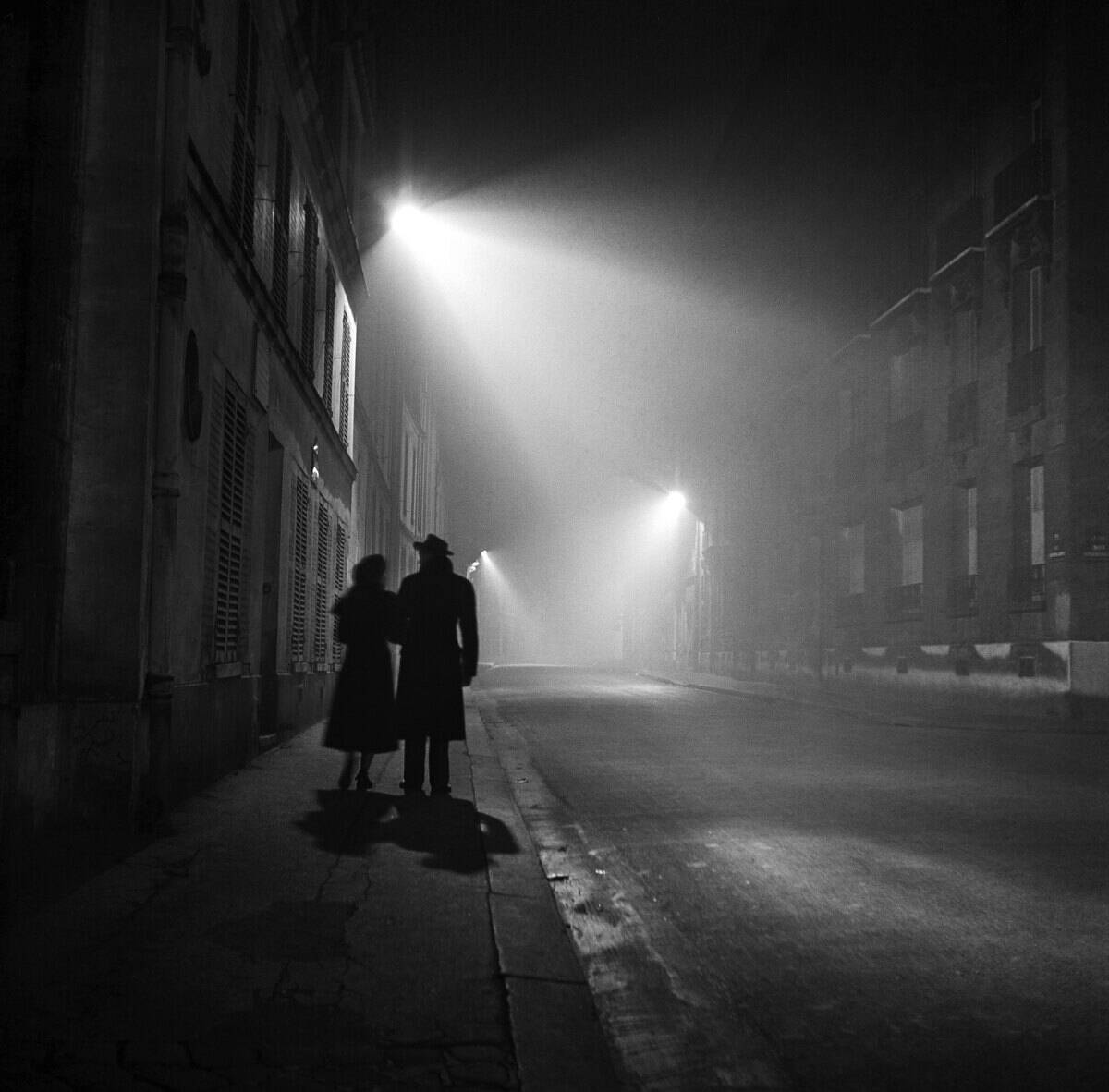
Parisians could breathe a sigh of relief after the Liberation of Paris in August 1944. After all, the act meant that German forces surrendered and left the city without major fighting, allowing locals to reclaim what was theirs.
At the same time, the liberation — and the subsequent end of the war — didn’t spell total relief for Paris. Basic infrastructure had taken a major hit during the war years, and transport, housing, and public services all required significant investment during a time of austerity.
Audrey Hepburn Was Synonymous With Paris
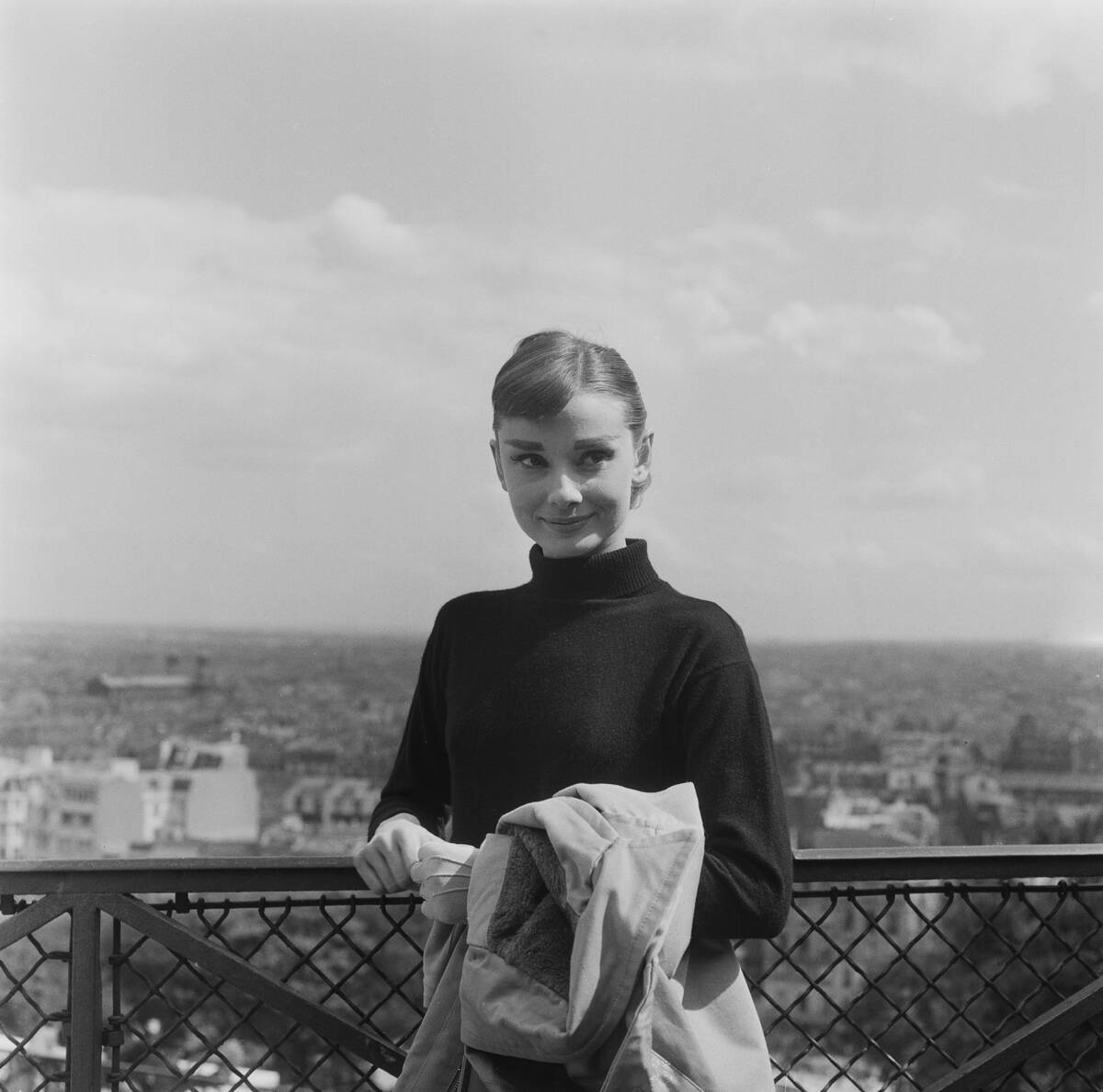
While actress Audrey Hepburn was not herself French, her Paris-centered movies of the ’50s — 1954’s Sabrina and 1957’s Funny Face — cemented her association with Paris. She can be seen here during a break for the filming of the latter movie.
The movies also helped Paris to reclaim its image on the international stage. Funny Face was shot on location in dazzling Technicolor, giving audiences a vibrant look at a city in transition.
Once Again, it Was the City of Love
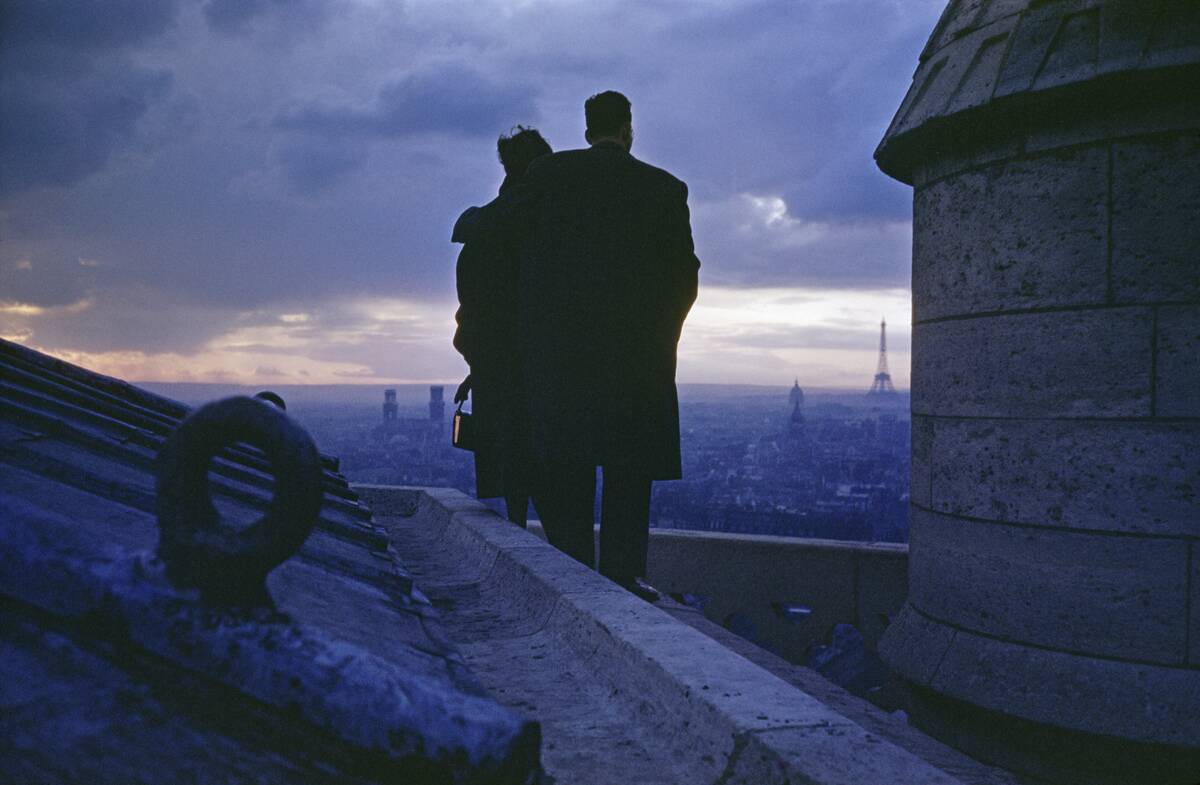
The reputation of Paris being the global “City of Love” took a hit during the war years, but after World War II, lovebirds once again flocked to the city to enjoy its romantic architecture and intimate cafes.
For the locals, the long-awaited liberation from German occupation brought an emotional outburst as Parisians sought to reclaim life’s pleasures after years of hardship. It was during this period that countless romantic films, both French and American, were shot in and based in Paris.
The Nightlife Was Hopping
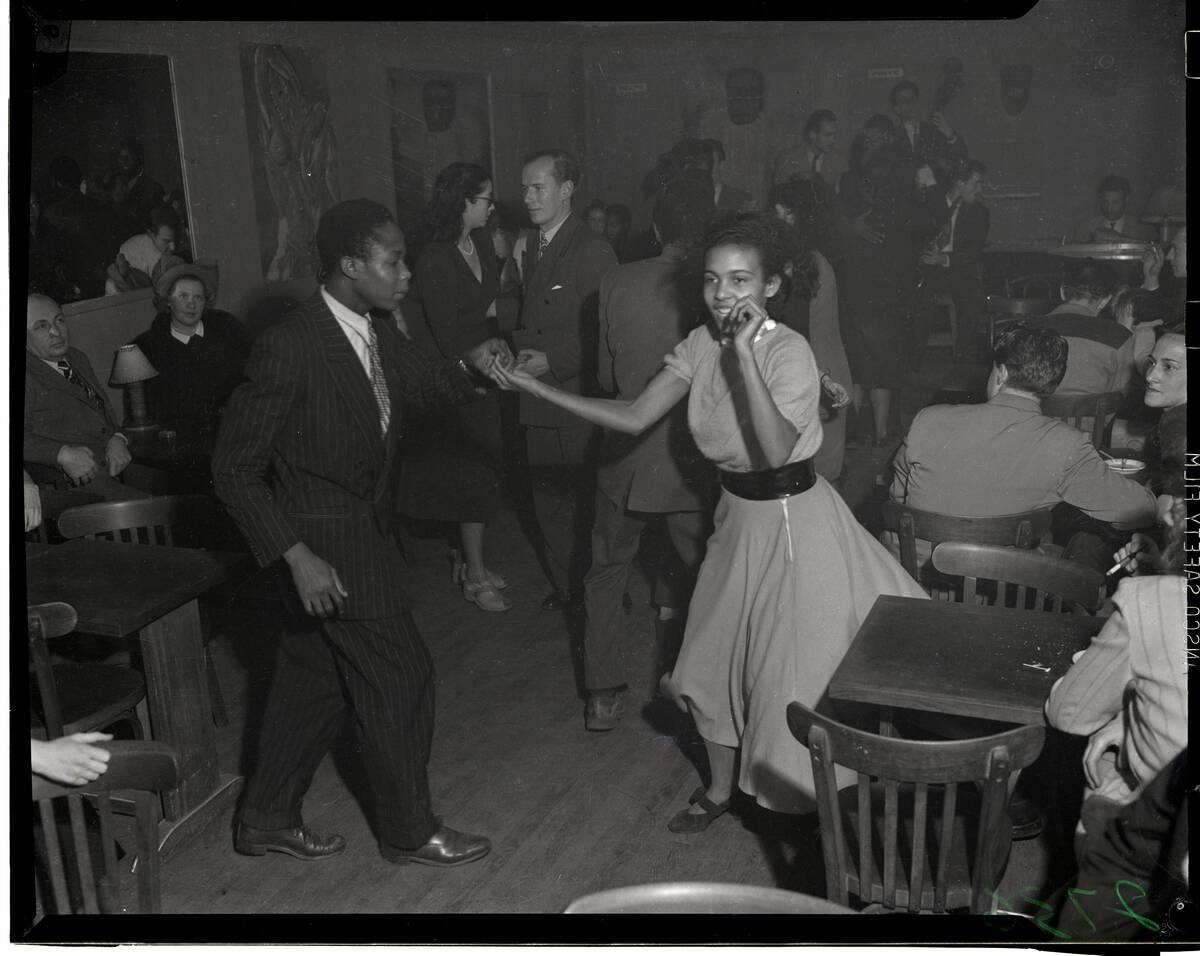
This image shows the lively scene inside the La Rose Rouge jazz club, a cellar club that opened in 1946 and quickly gained a reputation for its eclectic mix of poetry, music, and cabaret.
This marked a golden age for jazz in Paris, as well as establishing a standard for racially integrated clubs. Many Black American musicians, disillusioned with racism in the United States, came to Paris to play in the city’s numerous clubs.
Intellectuals Appreciated the Literary Scene
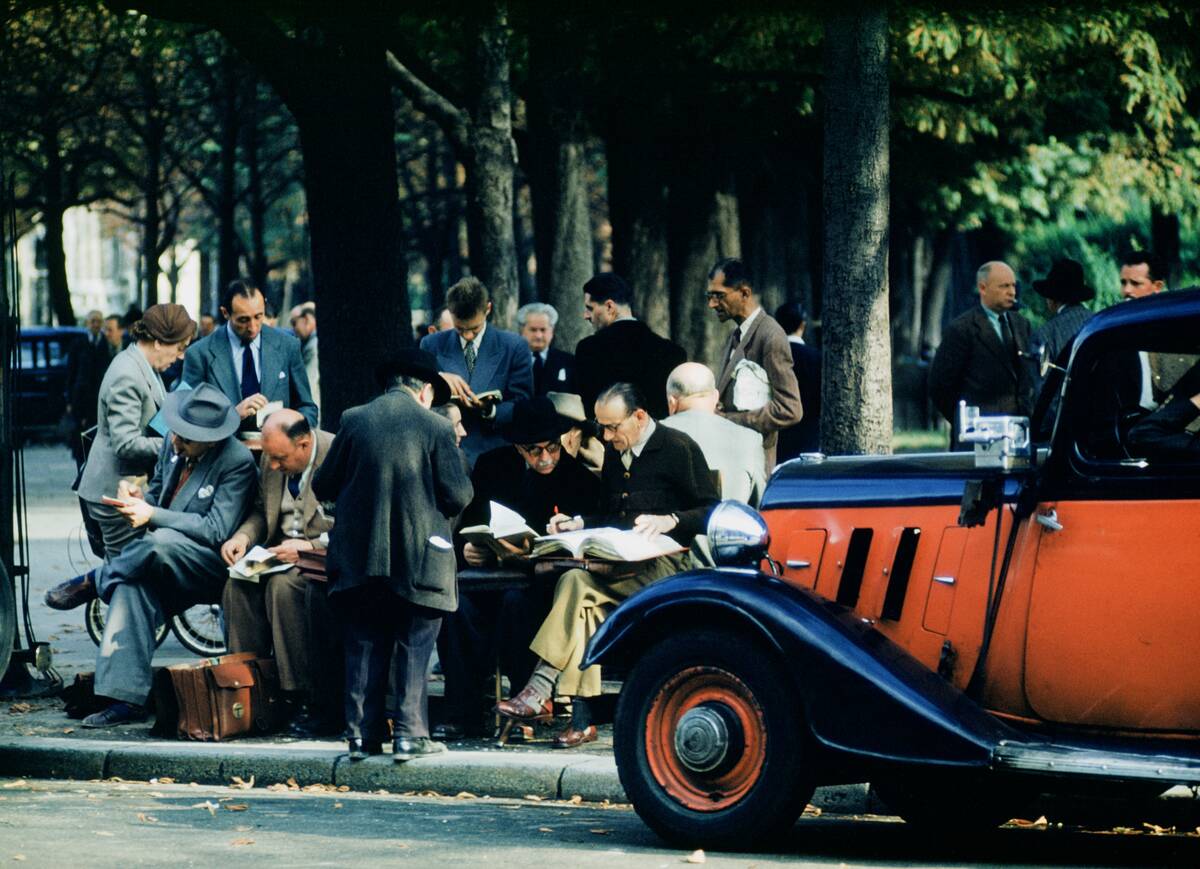
Paris has long had a reputation as a haven for writers and intellectuals, and one of the city’s cherished traditions is its bouquinistes, or book markets, which spring up alongside the Seine.
With the occupation over, Parisians were once again free to gather along the riverbanks to buy, sell, and discuss books and other literature. In the ’50s, this gave rise to a bohemian counterculture — one that would soon be seen stateside with the Beat generation.
French Monuments Persisted
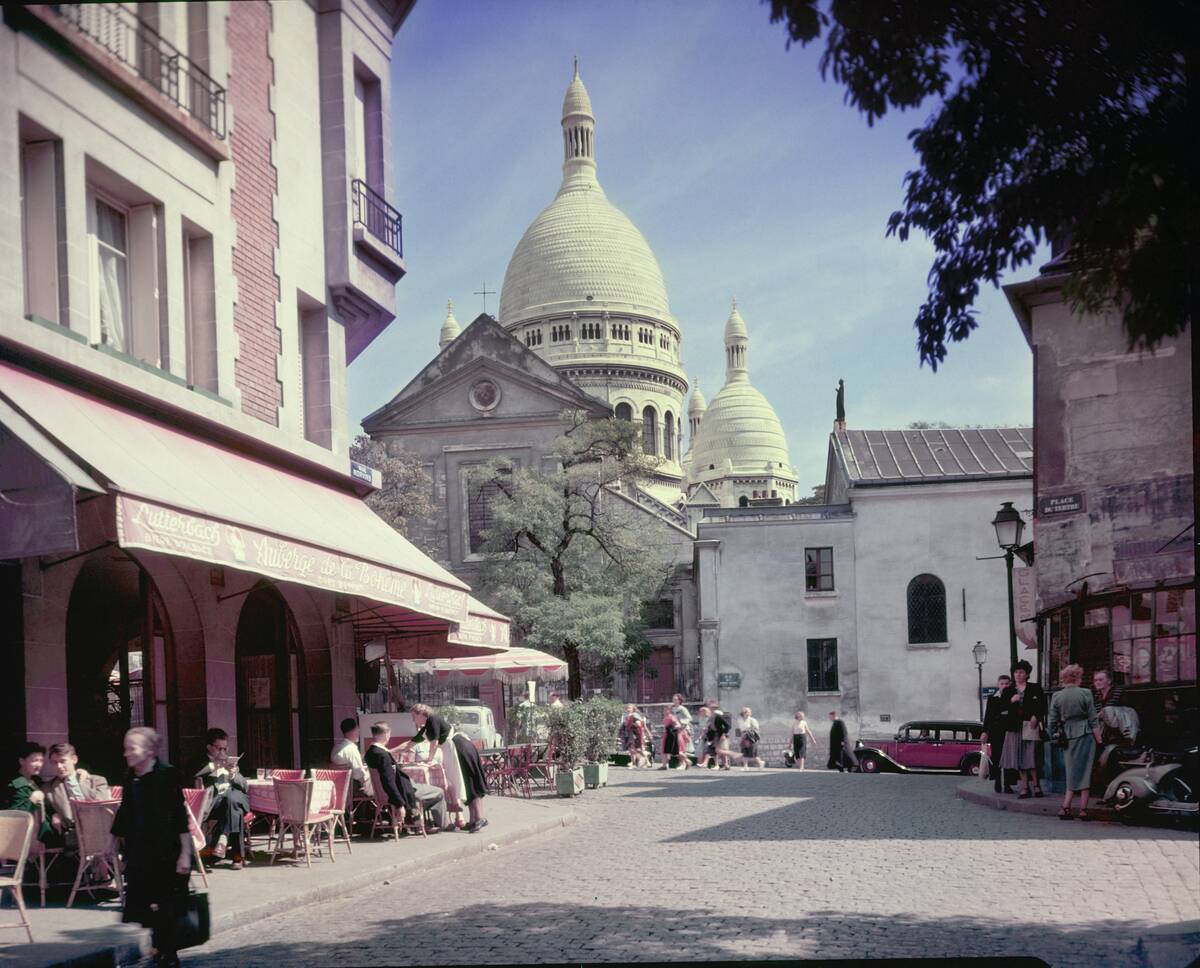
Many European cities were absolutely devastated by aerial attacks during World War II, but Paris largely escaped that level of destruction. As a result, most of the city’s enduring landmarks were still in good repair after the war ended.
One example is the Sacré-Cœur Basilica, seen here. The basilica was a place of sanctuary during the war years, and remained as a symbol of the city’s endurance after hostilities ended.
Riverside Strolls Remained Popular
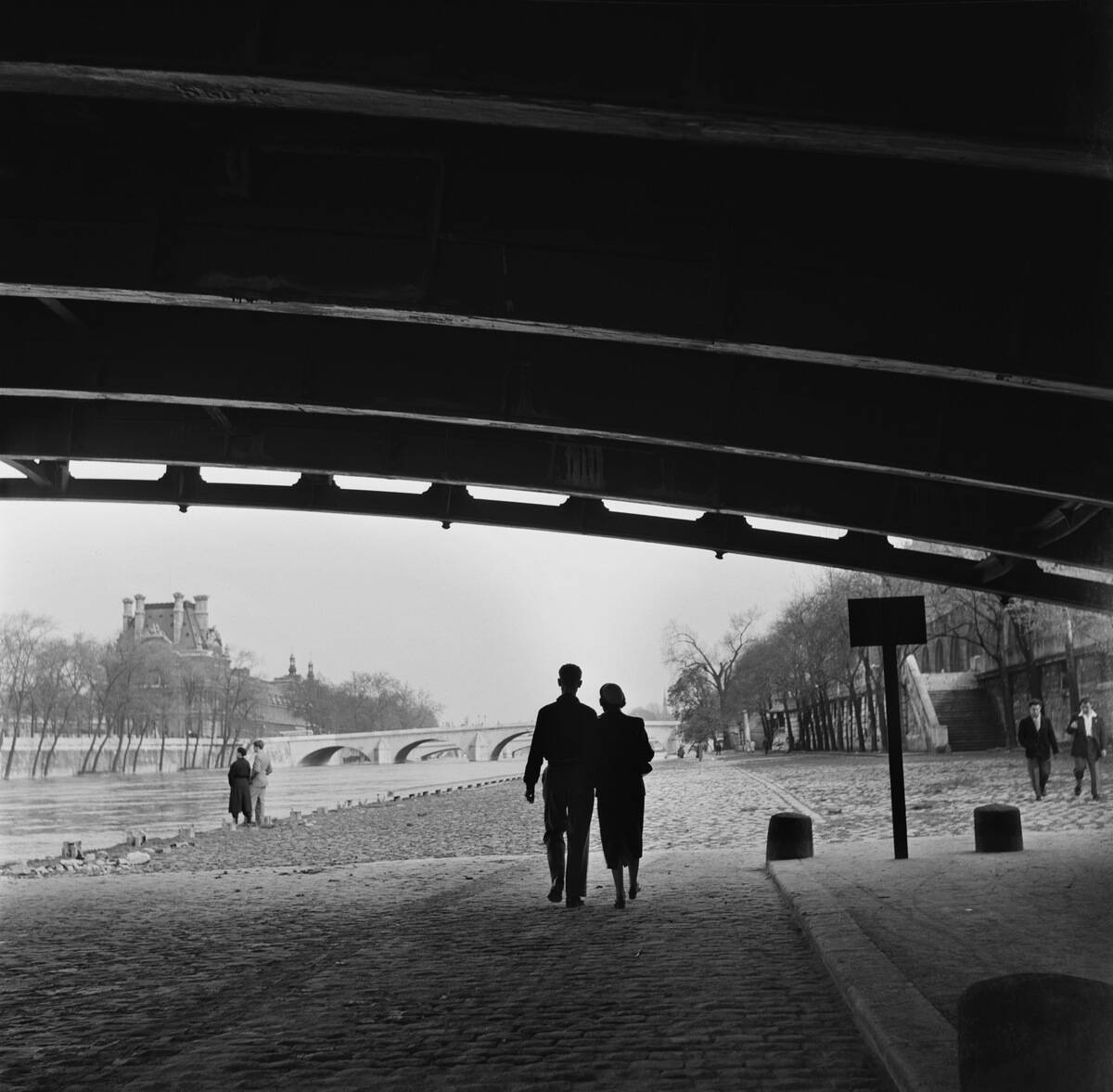
Anyone who’s spent time in Paris can probably attest to the fact that strolling along the Seine’s picturesque riverbanks is one of the city’s most cherished traditions.
The walkways along the river provided benches, green spaces, views of passing boats, and historic bridges. Not only did the walkways provide a respite from city life, they also linked together the historic heart of the city, from Notre-Dame to the Louvre.
Paris Played a Central Role in Geopolitics
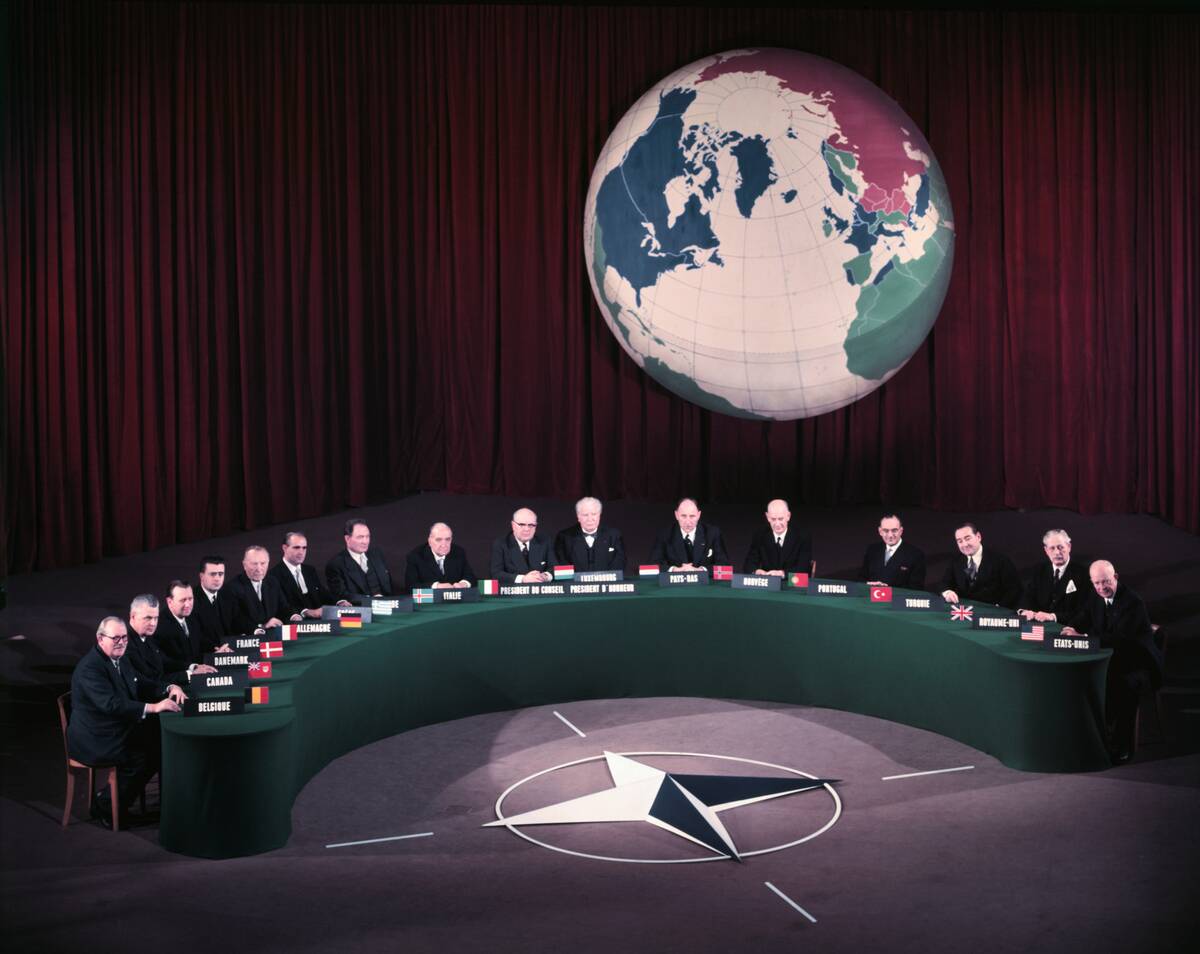
This image shows many heads of government, including U.S. President Dwight D. Eisenhower, in a “family portrait” as they hammer out the details for what would become the North Atlantic Treaty Organization, or NATO.
High-level NATO meetings were frequently held in Paris, as it offered a somewhat central location for the various countries that entered the organization. Key decisions, including early rearmament policies and responses to crises like the Korean War and the Suez Crisis, were debated in Paris.
Street Food Was Available on Demand
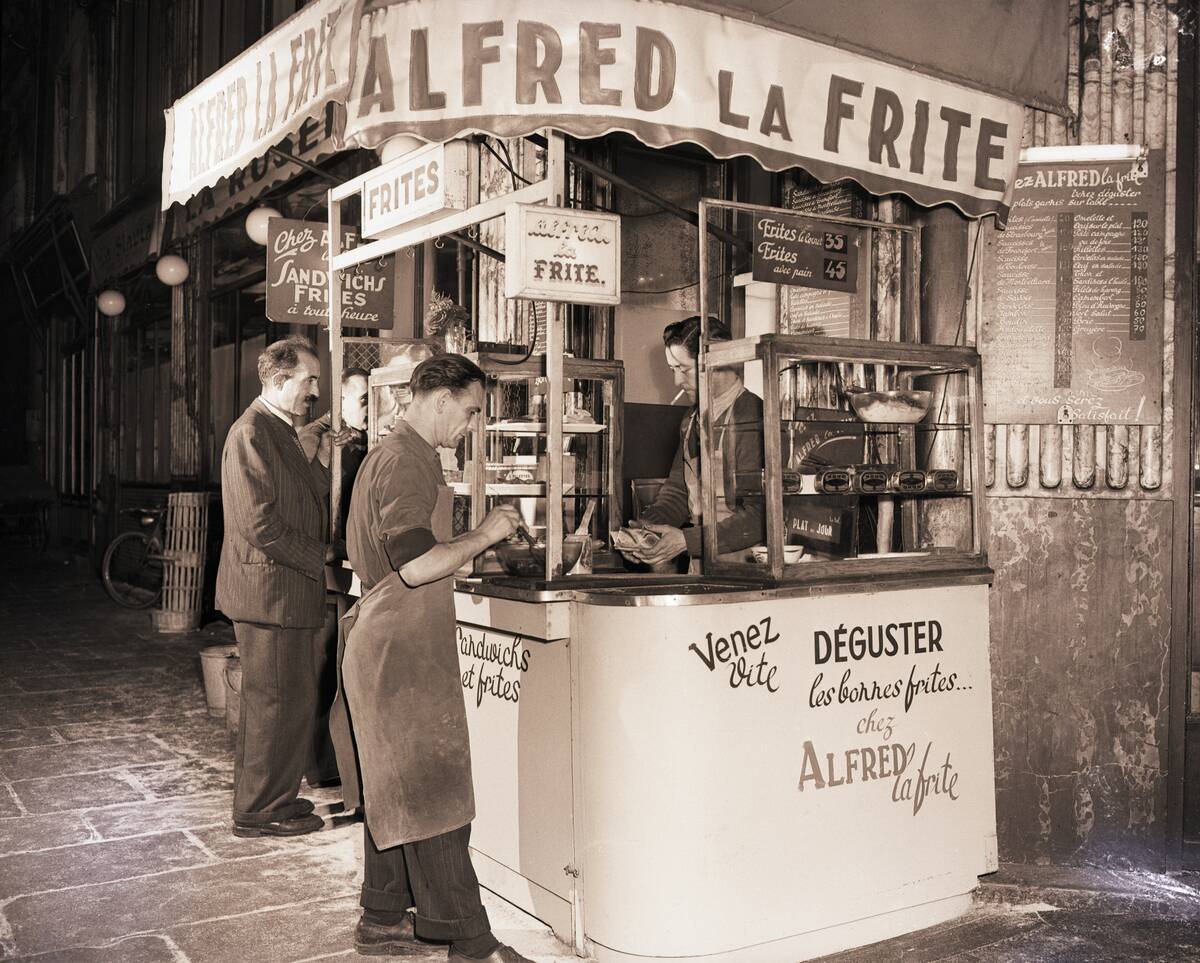
This 1954 image shows a kiosk in the Les Halles market selling fries, hot dogs, and sandwiches — something very similar to the classic hot dog vendors seen on the streets of New York and other American cities.
Les Halles itself dates back to the 12th century and serves as the city’s central food market. Visitors could do all of their grocery shopping — or just grab a quick bite — from the numerous vendors who set up shop.
The City of Lights Was Aglow Once More
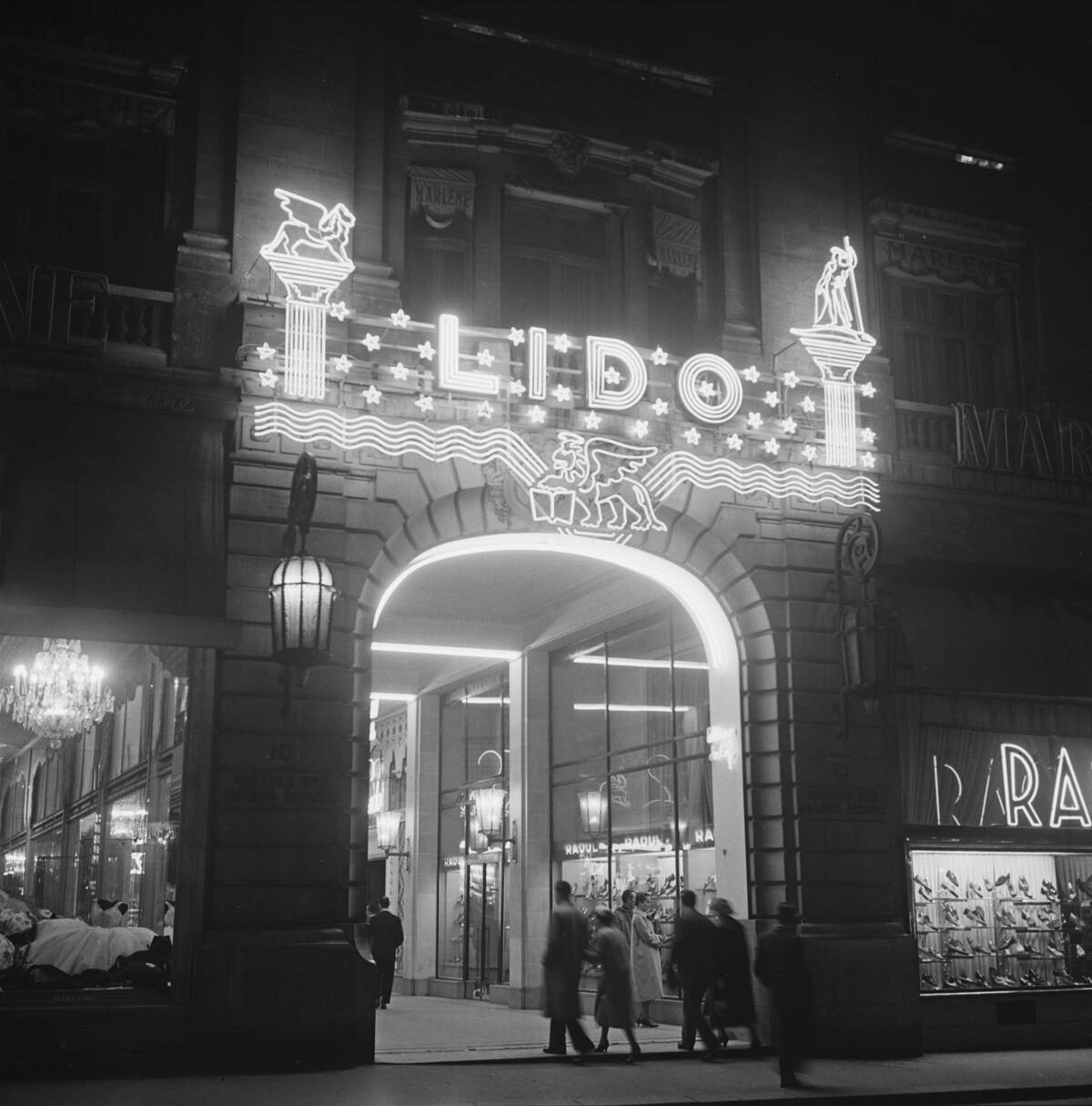
Paris is known as the “City of Lights,” but the war years put a damper on things, while the late ’40s was a period mostly dedicated to rebuilding the city’s infrastructure.
However, by the 1950s, Paris was lit up once more. The Le Lido nightclub, which opened in 1946, quickly became one of Paris’s most glamorous cabaret venues. At its peak, it rivaled other legendary venues like the Moulin Rouge and Folies Bergère.
Flooding Was a Frequent Issue
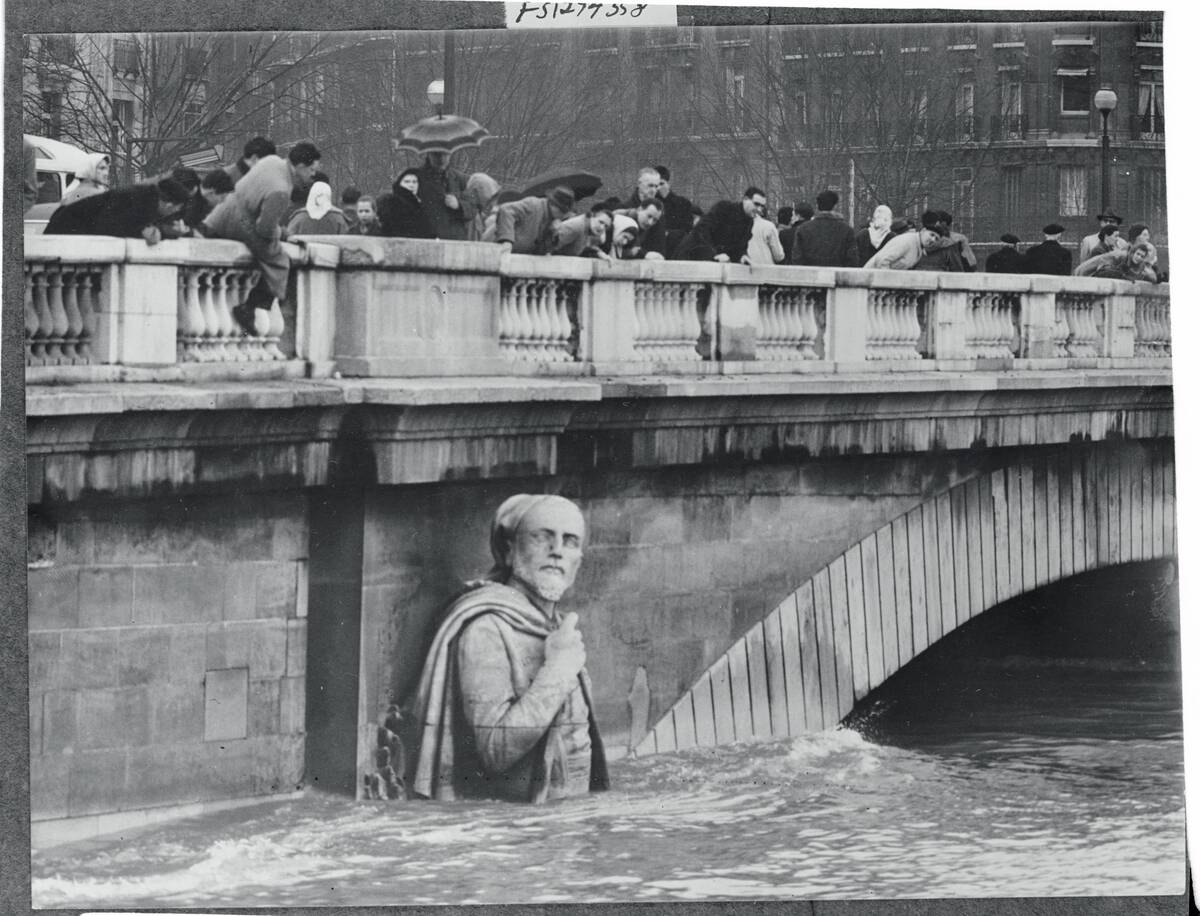
The mighty Seine has been known to flood from time to time, and it experienced one of its more memorable floods in 1955 when the river overflowed its banks, spilling into metro tunnels and roadways.
This image shows onlookers gauging the rising floodwaters against the statue of a Zouave soldier on the Pont de l’Alma. The statue, originally built in the mid-19th century to honor French soldiers, became an informal way to Parisians to assess rising floodwaters.
It Was the Capital of High Fashion
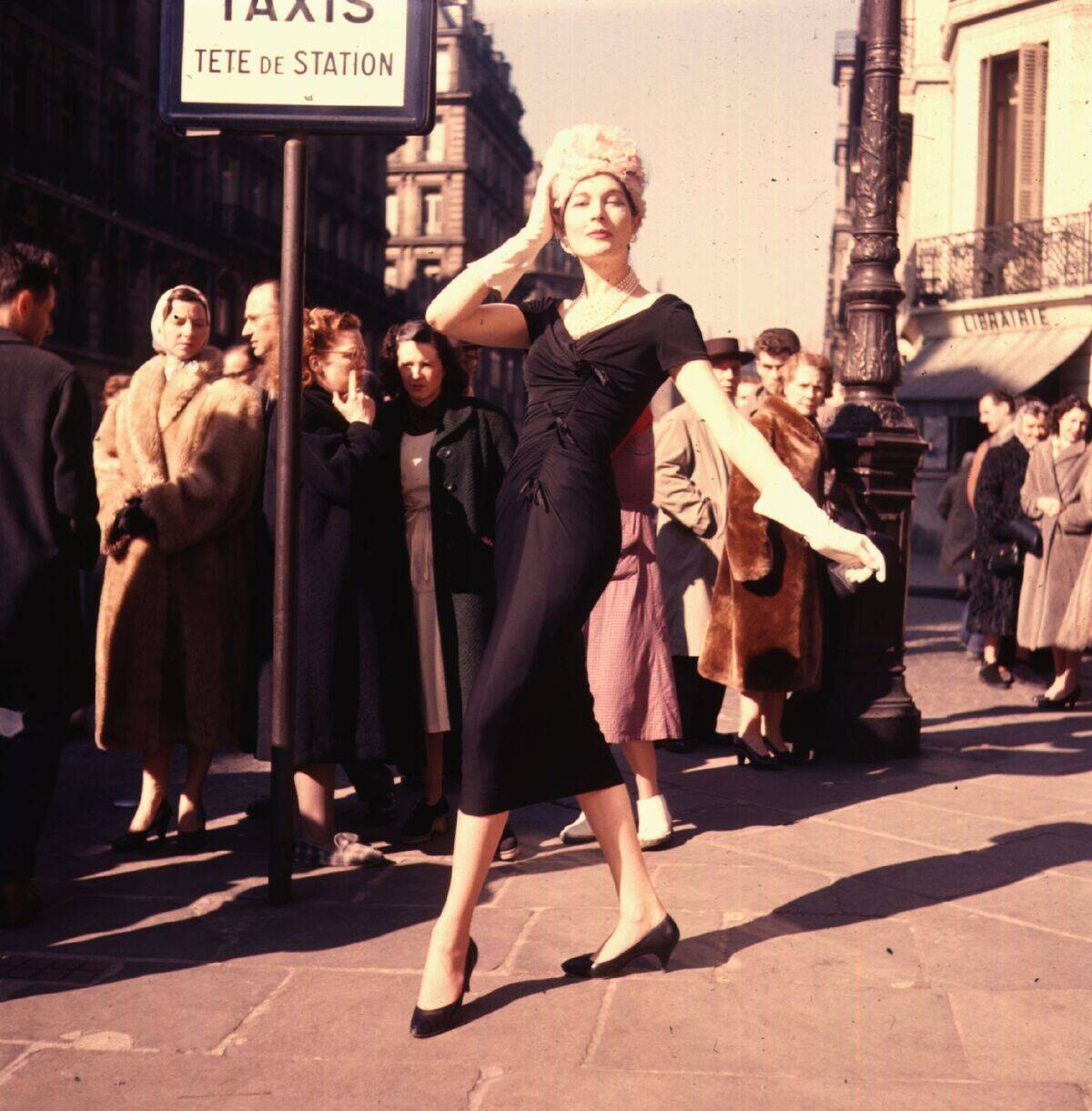
Paris quickly reasserted itself as a global leader in the world of high fashion, with designer Christian Dior introducing the groundbreaking “New Look” in 1947. Other famed designers like Coco Chanel, Balenciaga, and Givenchy also called Paris home.
This 1957 photo shows fashion model Bronwen Pugh posing in a Paris street while wearing a black evening dress. Unlike most modern-day fashion shoots, this was shot in an impromptu manner, with real bystanders in the background.
It Has the World’s Most Famous Cafes
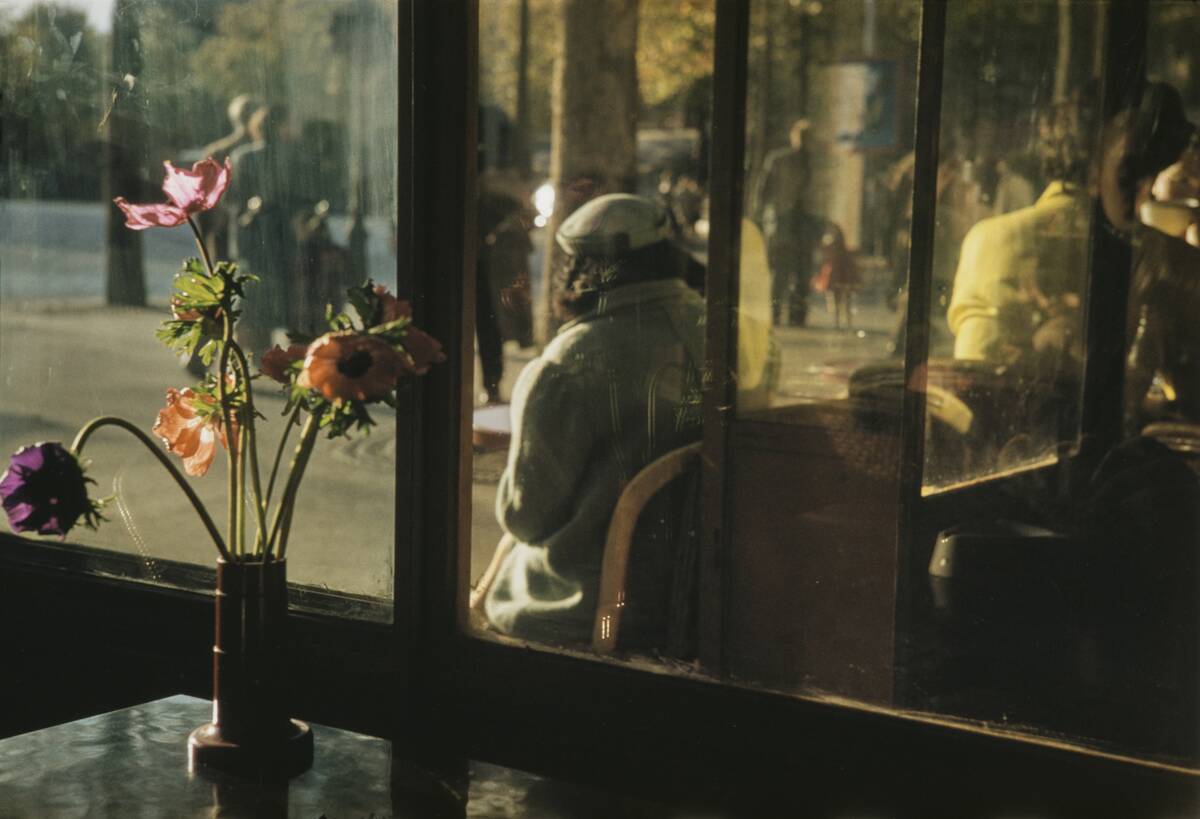
Paris is associated with many things, but one of the most enduring icons of the city is its bustling cafe life. Neighborhoods like Saint-Germain-des-Prés and the Latin Quarter were full of cafes that sprung up after the war years.
Far more than just a place to grab a coffee and a snack, these cafes were vibrant meeting places where some of the leading intellectuals of the day would meet to exchange ideas. Jean-Paul Sartre, Simone de Beauvoir, Albert Camus, and Boris Vian all frequented Paris’s cafes during this period.
Some Images Are Undeniably Parisian
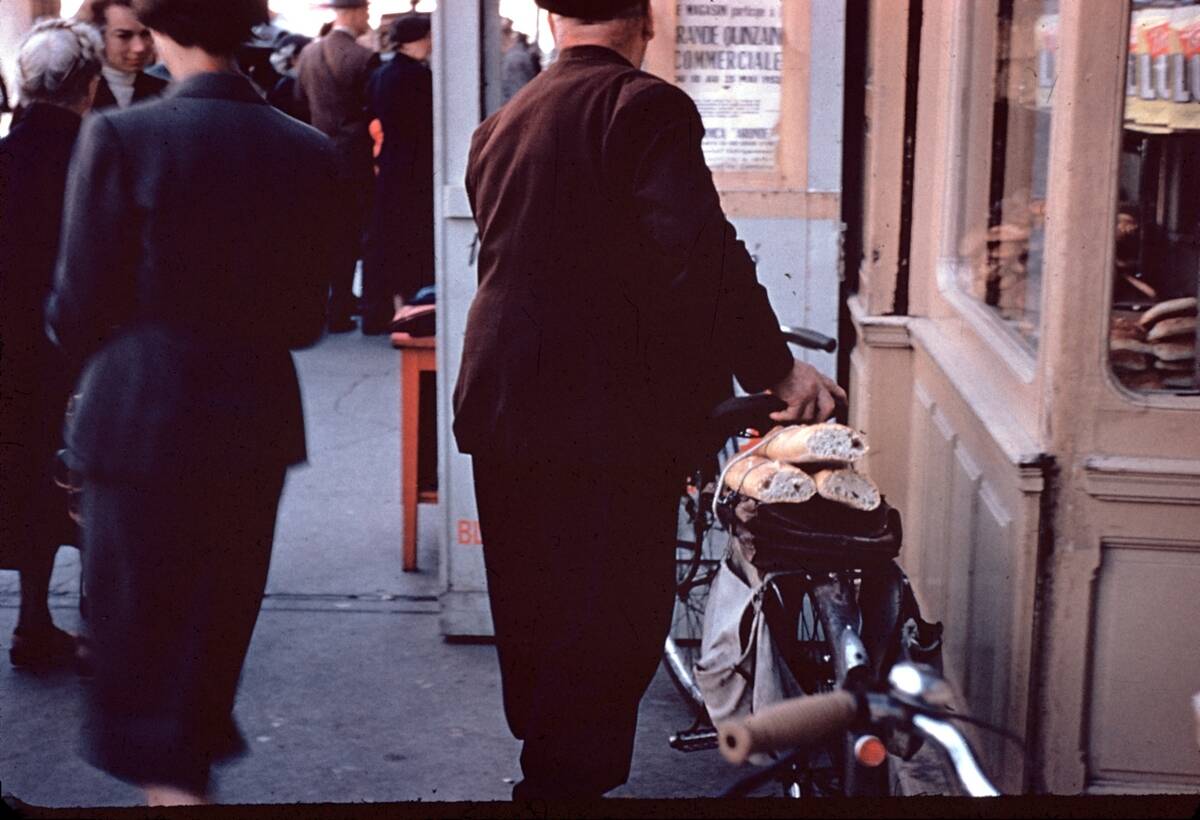
This photograph of a man stacking three loaves of baguette bread onto his small scooter after leaving a boulangerie is a quintessentially Parisian image.
Boulangeries (bakeries) suffered somewhat in the postwar years due to food shortages, but after the scarcity was over they reclaimed their status as a Parisian icon. Like cafes, boulangeries were deeply woven into the community and offered a gathering place for locals.
The City Remained Iconic
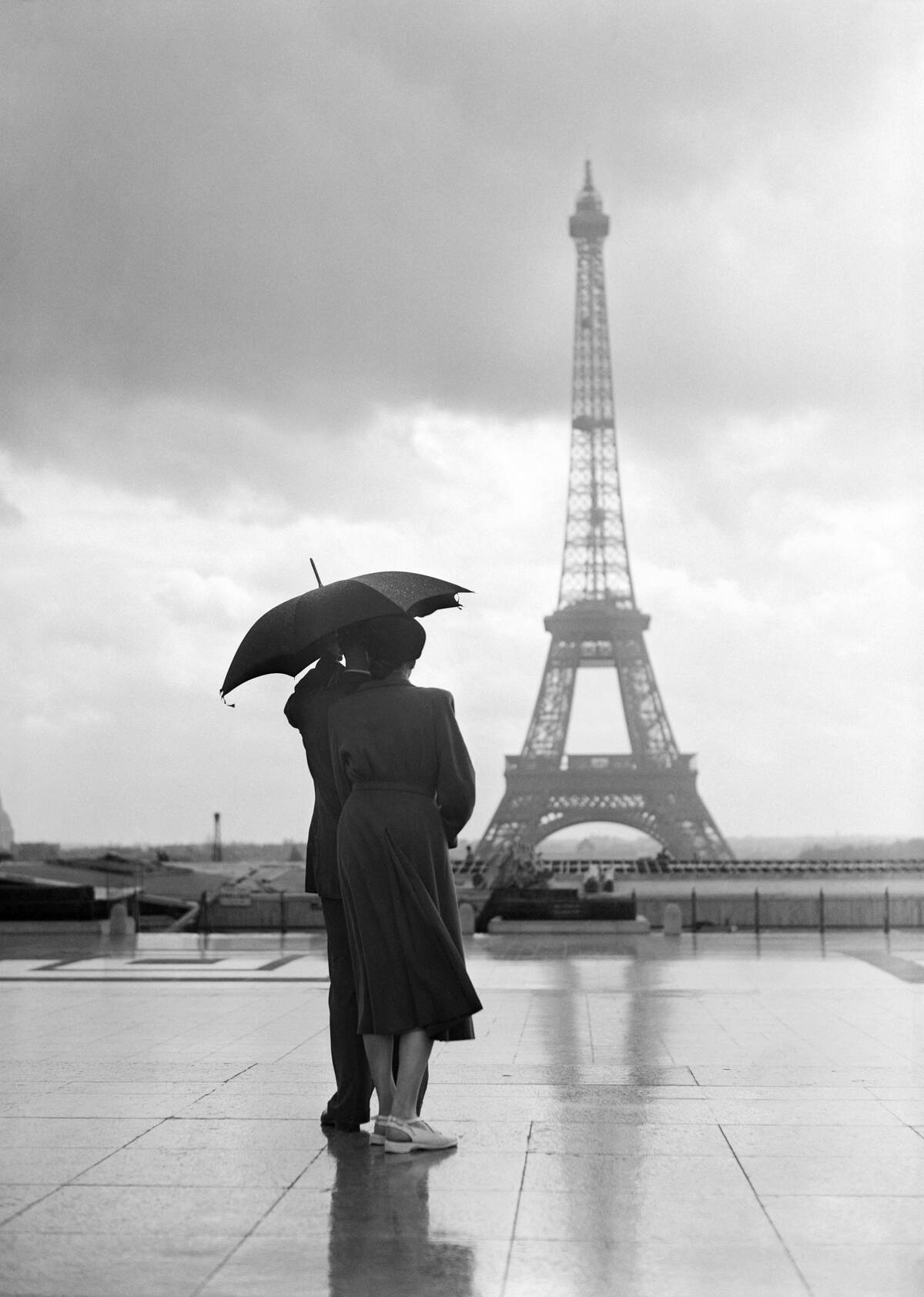
When occupying German forces rode under the Eiffel Tower, it was seen as an insult to Parisians and France as a whole — and when the occupiers cut the tower’s cable lifts and closed it to the public, it was effectively dormant for several years.
After the occupation and after the war, though, the tower remained standing — and the city quickly moved to reopen it and turn it into a major tourist attraction once again. Upgrades like improved lighting only helped to increase the landmark’s allure.
